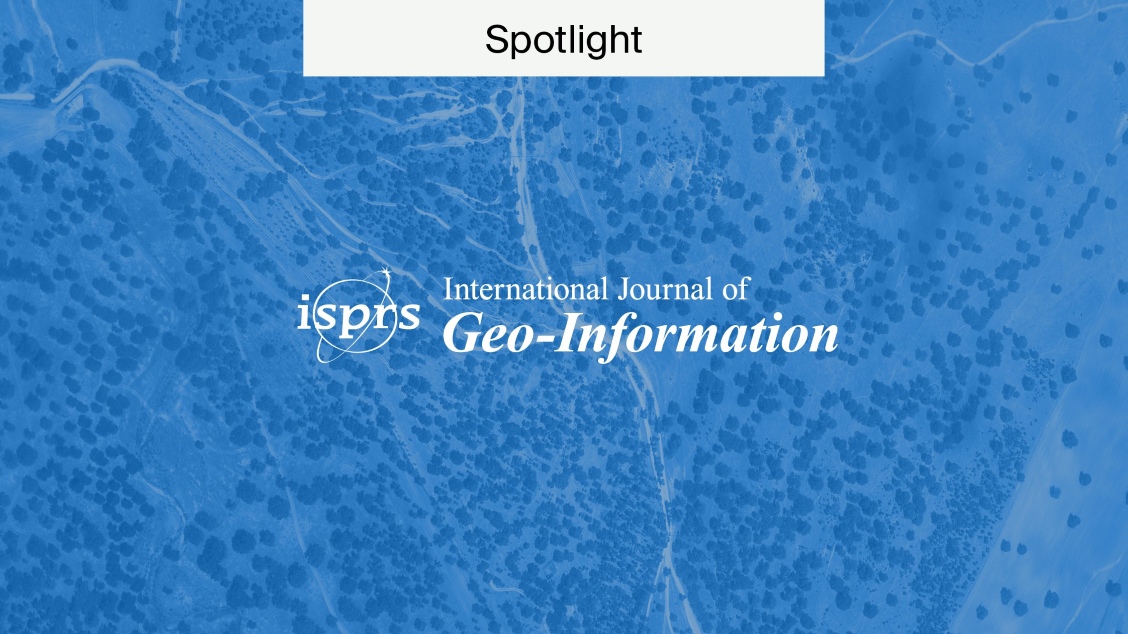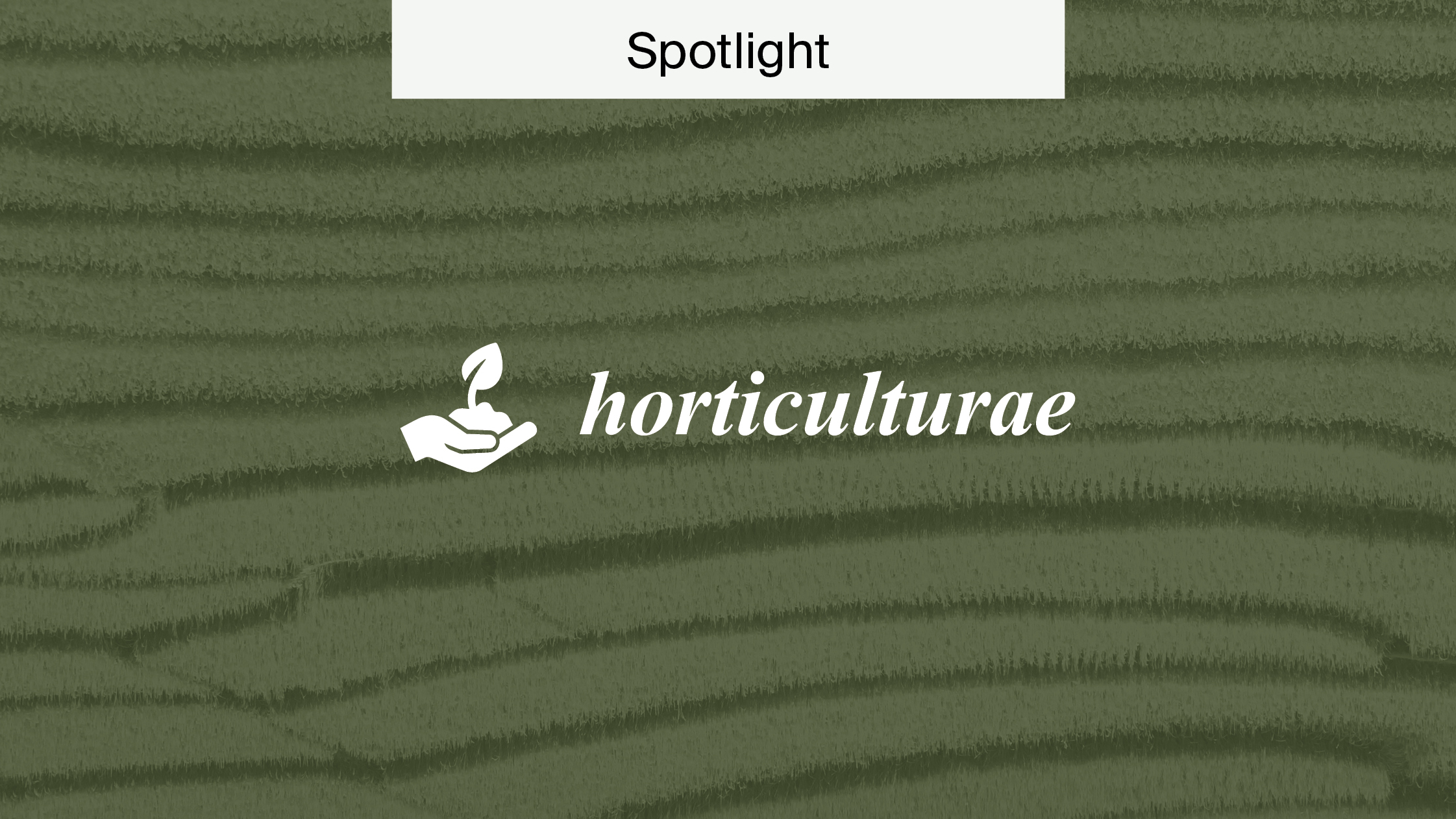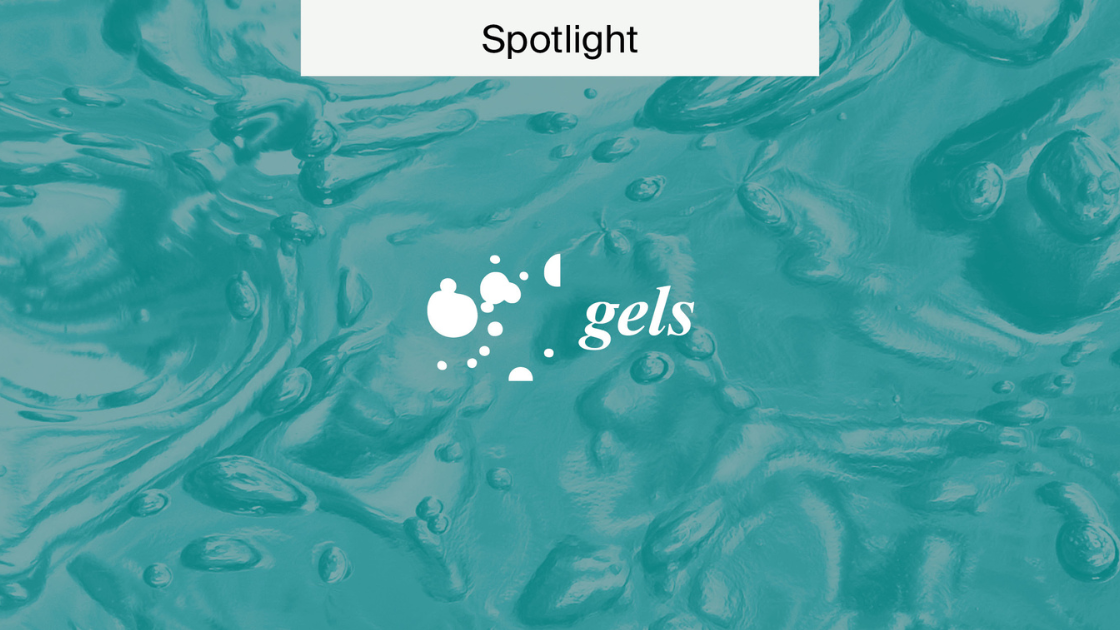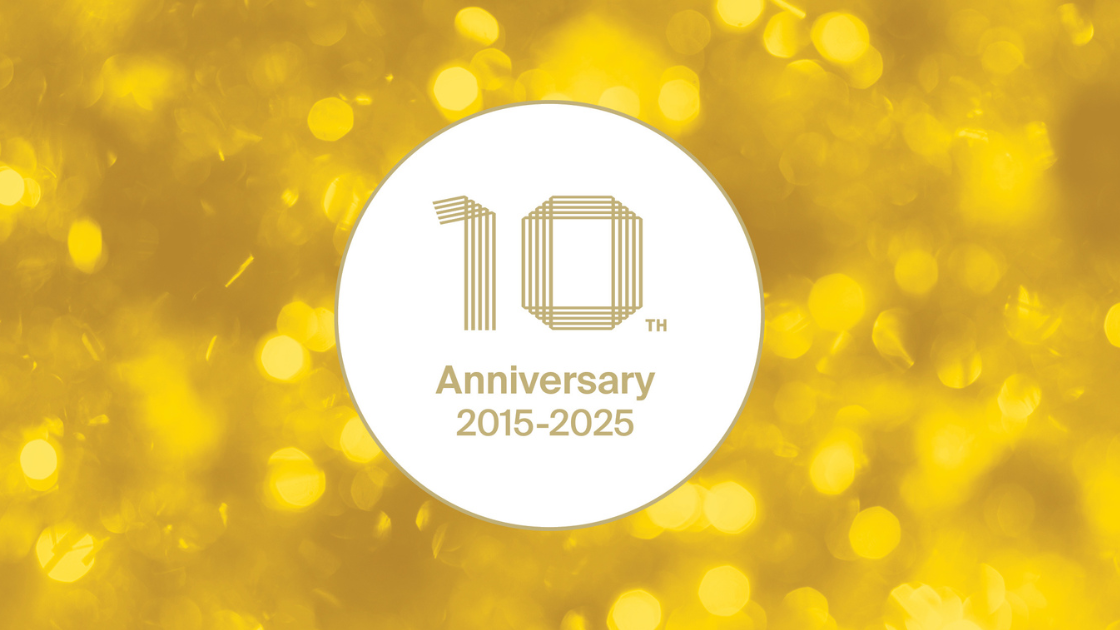
Spotlight on Heritage
We’re shining the spotlight on Heritage this week. After being launched in 2018, Heritage has rapidly risen to become an exceptionally interesting journal covering different aspects of heritage, from biological and natural heritage, to archeological, cultural and digital heritage.
Let’s take a look at how this journal has developed since the publication of its first issue in 2018 and areas of interest for anybody exploring or looking to submit to the journal.
A brief history of Heritage
Launched as a quarterly journal in 2018, Heritage now features the following sections, introduced in 2019: Biological and Natural Heritage; Archaeological Heritage; Geoheritage and Geo-Conservation; Architectural Heritage; Artistic Heritage; Cultural Heritage; Digital Heritage; and Underwater Heritage.
In 2020, the journal announced the first edition of its Ph.D. thesis award, and continues to celebrate innovative and outstanding research produced by early career researchers.
Excitingly, in March 2021, the journal was indexed by both Leading Indexing Services Scopus (Elsevier) and Emerging Sources Citation Index (ESCI—Web of Science). The journal also received its second CiteScore of 2.8 in 2023, increasing from of 1.8 in 2022. It then received its first impact factor of 1.7 in 2023.
Also in 2023, it switched from a quarterly publishing schedule to a monthly publication schedule. All of the articles published in the journal can be found on the journal’s homepage.
Want to learn more about Heritage?
Heritage is an international, peer-reviewed and open access journal publishing research on cultural and natural heritage.
The journal focuses on promoting knowledge, conservation and the management of cultural and natural heritage using sensing technologies, novel methods, and best practices and policies.
For further details, see the journal’s easy-to-navigate webpage.
Thinking of submitting your manuscript to Heritage?
The journal is committed to publishing innovative and quality research.
Authors thinking of submitting manuscripts to the journal can access the list of requirements for submission on the webpage. For example, full experimental and/or methodical details should be included in papers published in the journal, as Heritage is dedicated to ensuring research integrity and the reproducibility of results.
Authors are encouraged to read the submission instructions specific to each journal prior to submission. Authors looking to publish their work in Heritage can submit manuscripts online at susy.mdpi.com. Templates for articles are provided here in both LaTex and Microsoft Word formats.
In case you are unsure, the submitting author is generally the corresponding author and is responsible for the manuscript during the submission and peer-review process. To submit your manuscript, register and login to the submission website.
Once you have registered, click here to go to the submission form. All co-authors can see the manuscript details here. To do so, they must register and log in using the same e-mail address used for manuscript submission.
Future research
Heritage is always looking to publish new and innovative research. In addition to the topics that have already been mentioned, areas of interest include best practices for the protection of natural heritage, sensing technologies for diagnostics and the monitoring of architectural and artistic heritage, as well as geoscience and earth observation technologies for heritage risk assessment and mitigation.
For a more extensive list of research topics, have a look through the journal’s page, and review the submission instructions in further detail if you are thinking of submitting your research.










